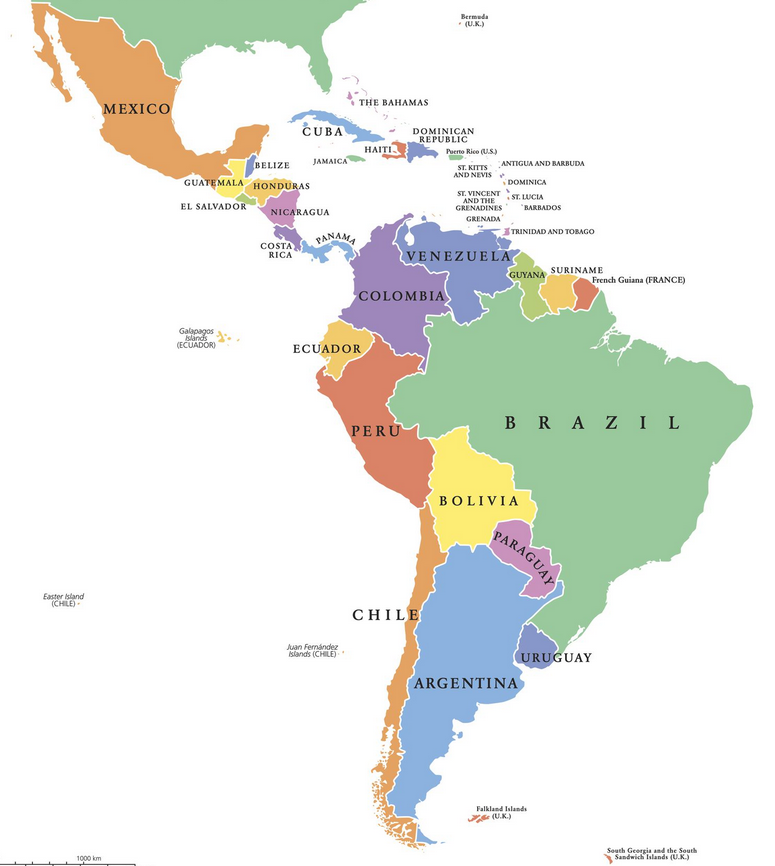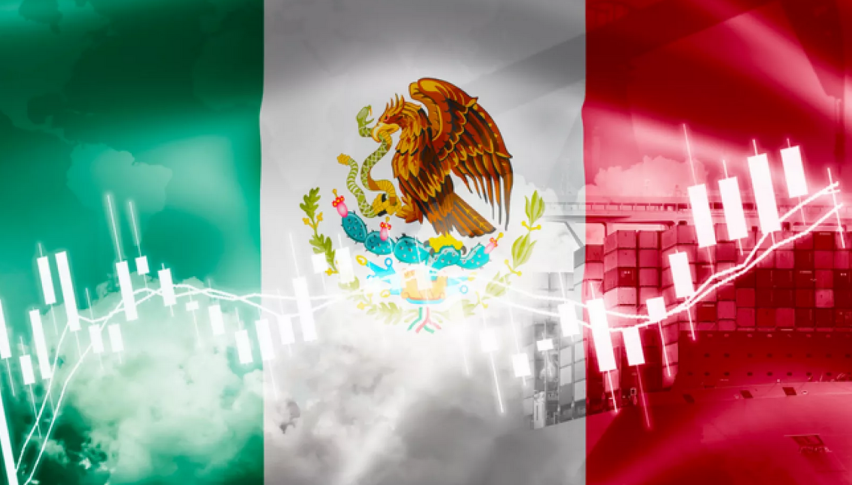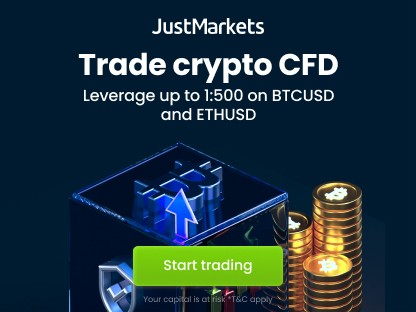Will 2025 be The Year of LATAM Markets?
As economic growth stagnates and social conflicts increase in the developed world, emerging market economies are presenting an attractive alternative for investors. In fact, developed economies are projected to experience a mere 1.4% average growth in 2024, in stark contrast to the anticipated 4% average growth for emerging markets.

With economic growth slowing in the developed world and concerns mounting over a larger conflict due to political instability in Europe, investors are looking to emerging markets to find outsized returns.
| Broker | Review | Regulators | Min Deposit | Website | |
|---|---|---|---|---|---|
| 🥇 |  | Read Review | FCA, CySEC, ASIC, MAS, FSA, EFSA, DFSA, CFTC | USD 100 | Visit Broker |
| 🥈 |  | Read Review | FSCA, FSC, ASIC, CySEC, DFSA | USD 5 | Visit Broker |
| 🥉 |  | Read Review | CySEC, MISA, FSCA | USD 25 | Visit Broker |
| 4 |  | Read Review | ASIC, BaFin, CMA, CySEC, DFSA, FCA, SCB | USD 200 | Visit Broker |
| 5 |  | Read Review | ASIC, FCA, CySEC, SCB | USD 100 | Visit Broker |
| 6 |  | Read Review | FCA, FSCA, FSC, CMA | USD 200 | Visit Broker |
| 7 |  | Read Review | BVI FSC | USD 1 | Visit Broker |
| 8 |  | Read Review | CBCS, CySEC, FCA, FSA, FSC, FSCA, CMA | USD 10 | Visit Broker |
| 9 |  | Read Review | ASIC, CySEC, FSCA, CMA | USD 100 | Visit Broker |
| 10 |  | Read Review | IFSC, FSCA, ASIC, CySEC | USD 1 | Visit Broker |
Could this be LATAM’s year? The answer is neither yes nor no. What is clear is that there are structural reasons to bet on these economies in the long term.
Many emerging markets have experienced robust growth in recent years, in large part thanks to increased FDI inflows. For instance, since the end of the COVID-19 pandemic, emerging economies are the only ones that have been able to truly grow at sustainable rates, with an equal growth rate of 4% in 2022 and 2023. As the IMF has stated, “the slowdown is concentrated in advanced economies.”
An important advantage of emerging countries (and LATAM) is that they have higher growth ceilings, not only due to macroeconomic factors but also because of an environment more conducive to productivity.
For example, in Europe, the use of genetically modified crops or certain agrochemicals is discouraged, hindering further growth in the primary sector. The same applies to land use and CO2 emissions.
Moreover, in developed countries, the population median age is almost 50 years, which diminishes the ceiling of productivity and growth in macroeconomic terms. This implies greater challenges in scaling the production of goods and services.
Last but not least, commodity prices are another key reason why 2024 could be the year of LATAM markets.
If geopolitical conflicts were the key driver of commodity prices in 2022 and 2023, this year, potentially marked by initial rate cuts and a persistently complex geopolitical landscape, holds promise for primary products.
This year, in particular, the elections in the United States will bring volatility. What could be the result of a second term for Trump or Biden? Or the rise of a dark-horse candidate like Robert F. Kennedy JR? Nobody knows for sure, but regardless of the outcome it will be hugely challenging to manage a country in which half the population is diametrically opposed to the other half.
Slowly but steadily, LATAM can serve as a refuge for investors seeking to diversify their market exposure.











